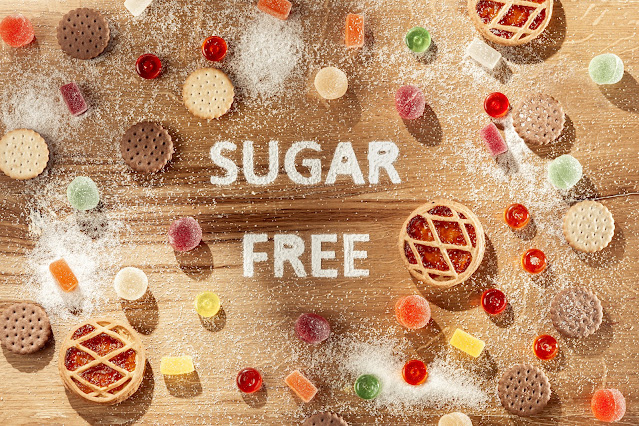Navigating a Balanced Path for Optimal Blood Sugar Management
In the modern landscape of dietary choices, sugar has become a ubiquitous ingredient, often hidden in unsuspecting foods and beverages. Reducing sugar levels becomes paramount as high sugar consumption takes a toll on health. "From High to Healthy: Exploring Techniques to Reduce Sugar Levels" guides you through a journey of mindful choices, empowering you to transition to a lifestyle that supports optimal blood sugar management.
Understanding the Sugar Challenge
The Sugar-Health Connection
Excessive sugar consumption has been linked to obesity, type 2 diabetes, heart disease, and other health issues. Understanding the impact of sugar on the body's insulin response and overall health lays the foundation for making informed choices.
Mindful Sugar Reading
Decoding Nutrition Labels
Begin your journey by scrutinizing nutrition labels. Be vigilant about added sugars, which can hide under various names such as sucrose, high-fructose corn syrup, and maltose. Aiming for foods with low added sugars is a step toward reducing overall sugar intake Treatment on Diabetes ( Sugar Kam Karne Ka Tarika ).
Balanced Carbohydrate Choices
Choosing Complex Over Simple Carbs
Opt for complex carbohydrates in whole grains, legumes, vegetables, and fruits. These carbs release sugar into the bloodstream more gradually, preventing rapid spikes in blood sugar levels.
Portion Control
Size Matters
Controlling portion sizes is a simple yet powerful strategy. Smaller portions naturally limit the intake of excess sugars. Pay attention to serving sizes and listen to your body's hunger cues.
Sugar Alternatives: Stevia and Monk Fruit
Natural Sweeteners with Minimal Impact
Stevia and monk fruit are natural sweeteners that offer sweetness without significantly affecting blood sugar levels. These alternatives can be used sparingly as a substitute for refined sugars.
Embracing Fiber-Rich Foods
Fiber's Impact on Blood Sugar
Fiber-rich foods like whole grains, legumes, vegetables, and fruits slow down digestion and help regulate blood sugar levels. Including more fiber in your diet supports stable energy levels and reduces sugar spikes.
Protein Power
Balancing with Protein
Protein-rich foods like lean meats, poultry, fish, eggs, and plant-based sources can help stabilize blood sugar levels by reducing the rate at which sugar is absorbed into the bloodstream.
Healthy Fats for Satiety
Staying Satisfied, Controlling Cravings
Incorporating healthy fats from sources like avocados, nuts, seeds, and olive oil in your meals can help control appetite and reduce sugar cravings.
Regular Physical Activity
Movement for Glucose Regulation
Regular exercise improves insulin sensitivity, allowing cells to absorb glucose from the bloodstream better. Aim for a combination of aerobic and strength training exercises for optimal blood sugar management.
Seeking Professional Guidance
Consulting a Healthcare Provider
If you're making significant dietary changes to manage sugar levels, it's advisable to consult a healthcare provider, especially if you have diabetes or other medical conditions Popular Herbal Medicines.
Conclusion
"From High to Healthy: Exploring Techniques to Reduce Sugar Levels" empowers you to take charge of your health by making mindful choices that align with your blood sugar management goals. By adopting a balanced approach to nutrition, portion control, and an active lifestyle, you pave the way for optimal well-being. Reducing sugar levels is not just about restriction; it's a journey toward vitality, energy, and sustainable health that resonates with every facet of your life.


Comments
Post a Comment